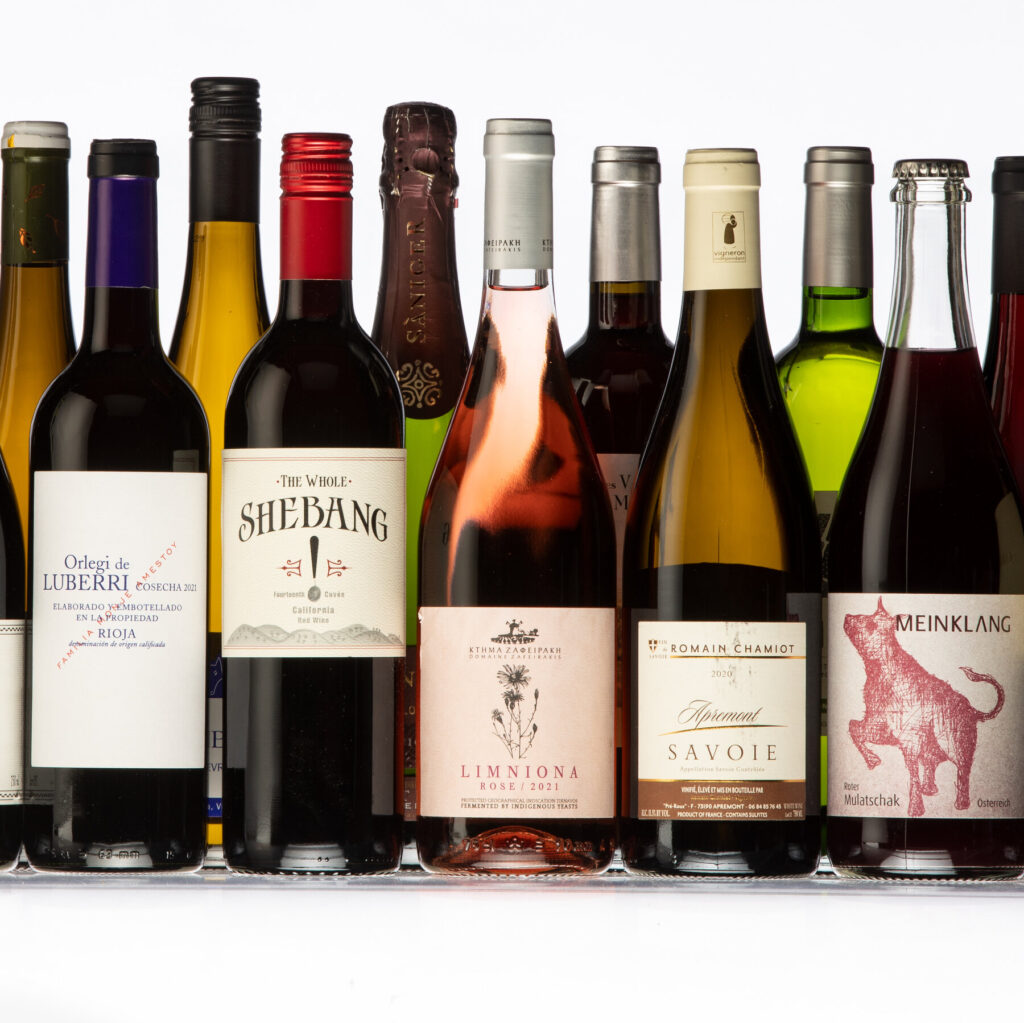
Introduction
Dessert wine has long been a cherished elixir that enhances the enjoyment of sweet dishes and serves as a delightful companion to an evening meal. Renowned for its rich and complex flavors, dessert wine is not just a beverage but an experience that adds depth to any dining occasion. Its rising popularity has drawn attention not just from wine enthusiasts, but also from casual drinkers looking to explore the world of gastronomy.
Recent Developments and Trends
In a feature published by the New York Times, culinary experts have been highlighting the renewed interest in dessert wines among millennials and Gen Z, spurred by a contemporary shift in dining habits and a desire for sweeter profiles. As noted, dessert wines come in various forms, such as late harvest wines, ice wines, and fortified varieties like Port and Madeira, each providing unique flavors that can complement an array of dishes.
One notable mention in the New York Times article was the successful pairing of dessert wines with unexpected cuisine. For instance, sommeliers are increasingly suggesting these wines with savory dishes or spicy foods, which can surprisingly elevate the flavor profile of a meal. The explore of such pairings reflects a broader trend in the culinary world where culinary boundaries continue to blur.
Regional Highlights
Top regions contributing to the dessert wine trend include Ontario’s Niagara Peninsula, famous for its ice wines, and the southern parts of France where the celebrated Sauternes originates. This diversity allows consumers to discover a segment of wine that caters to various palates. In Canada, producers are leveraging local grapes to craft high-quality dessert wines that capture the essence of their terroir, while also adhering to sustainable practices.
Conclusion
The rise of dessert wine not only brings forth enjoyment and exploration for wine lovers, but it also opens up new possibilities for food pairings and culinary creativity. With its growing trend among young drinkers, dessert wine is expanding its appeal beyond traditional connoisseurs, allowing a broader audience to appreciate its nuanced flavors. As more consumers seek unique dining experiences, the future of dessert wine looks especially bright. As such, it would be wise for both novices and aficionados to explore this delightful category and indulge in the sweet success of dessert wine.



